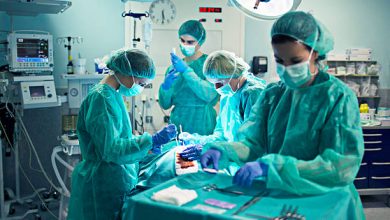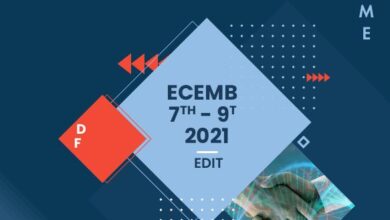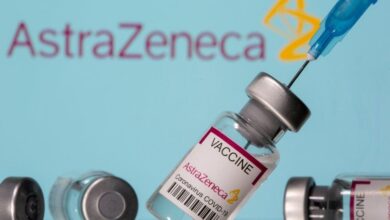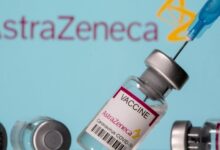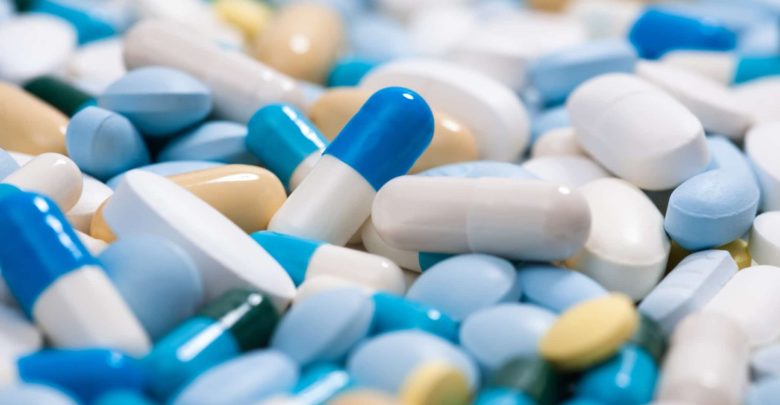
Obtaining a patent for an invention provides the exclusive right to its owner – this is a form of gratitude to society for the fact that the creators ensure the progress of mankind. In the pharmaceutical industry, patent protection should be given special attention. This is because medicines are attractive for falsification. They are in demand, profitable and today can be easily copied or imitated. There are also Tele Health facilities obtained to patent the medicine. Read more: https://reliefseeker.com/providers/talkspace
When creating new medicines, many structures are subject to intellectual property protection, which complicates the protection somewhat. First of all, the molecule itself, which is the active substance in medicine, receives absolute protection. The substance itself is not used, it is necessary to make a medicine out of it in an accessible and effective preparative form. The main difficulty in creating preparative forms is the preservation of the biological activity of the molecule. To stabilize the molecule, to make it bioavailable, it is necessary to introduce other substances, for example, technological additives, into the composition of the medicine.
This raises another complex problem: you need to mix all these substances so that their biological activity does not decrease in the finished product. Therefore, the subject of patenting can be both the entire composition of the new medicine and the sequence of technological operations.
In each case, a special strategy and tactics of patenting are developed.
The developer can obtain a patent for the entire class of substances according to the so-called “Markush formula”, named after the English inventor Eugene Markush, who was the first to receive a patent with such claims. It does not indicate any particular compound, but only a common fragment to which any number of substituents may be attached.
With the development of information technology, computer simulation of compounds has become possible. Thus, the inventor without much effort receives several compounds and, as they are studied, determines the most active. Although, perhaps, the “neighboring” one will turn out to be more active, and he simply hasn’t reached it, he gets patent rights for the entire “set” of compounds according to the Markush formula. This becomes a brake on the development of pharmacology because no one else can obtain the rights to any of the classes of compounds protected by the patent.
However, there is a way out of this seemingly hopeless situation – the so-called selective inventions. Of a large number of molecules, another inventor can take only one, synthesize, study it and make sure that it gives a therapeutic effect. In this case, he may obtain patent rights for his invention.
The patent gives the creators of the new medicine the exclusive right to produce and sell it for 20 years, as well as to cede their rights by concluding licensing agreements. However, in practice, from 5–12 years, from patenting a molecule and creating a finished dosage form to a medicine’s launch on the market. There is much less time left for selling a new medicine, that is, for the opportunity to recoup all costs and make a profit, than for inventors from other fields of science and technology. Therefore, a procedure for extending the validity of a patent for a medicinal product for a period of up to 5 years is provided.
After the patent expires, any pharmaceutical manufacturer can issue and sell the medicine. Such copy medicines (generics) immediately become much cheaper, because the manufacturer does not need to spend money on searching and studying the molecule, conducting clinical trials, creating technology, etc. Nevertheless, generics may vary in effectiveness from the original medicine, sometimes quite significantly. One of the reasons is that the patent reflects only the general concept, basic techniques, and methods, the novelty of which the author can prove in the patenting process. But in addition to this, there is also some know-how that the creators of the medicine may not disclose.
Our legislation on the protection of intellectual property is largely harmonized with European. True, in Europe they do not protect methods of treatment with patients, but they are protected in the USA, and in this regard, our laws are harmonized with their standards.
In recent years, the domestic pharmaceutical industry is developing rapidly. In connection with this, patent disputes also escalated. And sometimes our companies cannot fully protect their intellectual property rights.
Now the issues of forming a list for the purchase of medicines by trade names are being actively discussed. And no one pays attention to the fact that this topic is also closely related to patent protection issues. If a medicine has a patent holder in Russia, then import, transportation, storage, preparation for sale and all other actions with it by all other persons are also a violation of patent rights.
But it happens to us that medicines are imported from abroad when there is a patent holder here in Russia. And they are imported by companies that win the official tender for state orders because they offer the lowest price. Often this price is minimal precisely because the company did not want to spend money on the purchase of a license. Violations in this area lead not only to the courts, to patent battles, but also the loss of budget funds. medicines imported in violation of patent law may be arrested at the border and lay there until the dispute is settled by a court. And patients for whom they are vitally needed simply will not receive them or will receive expired ones


